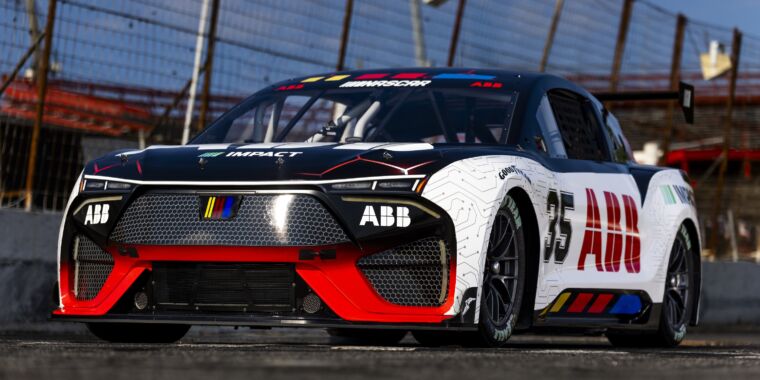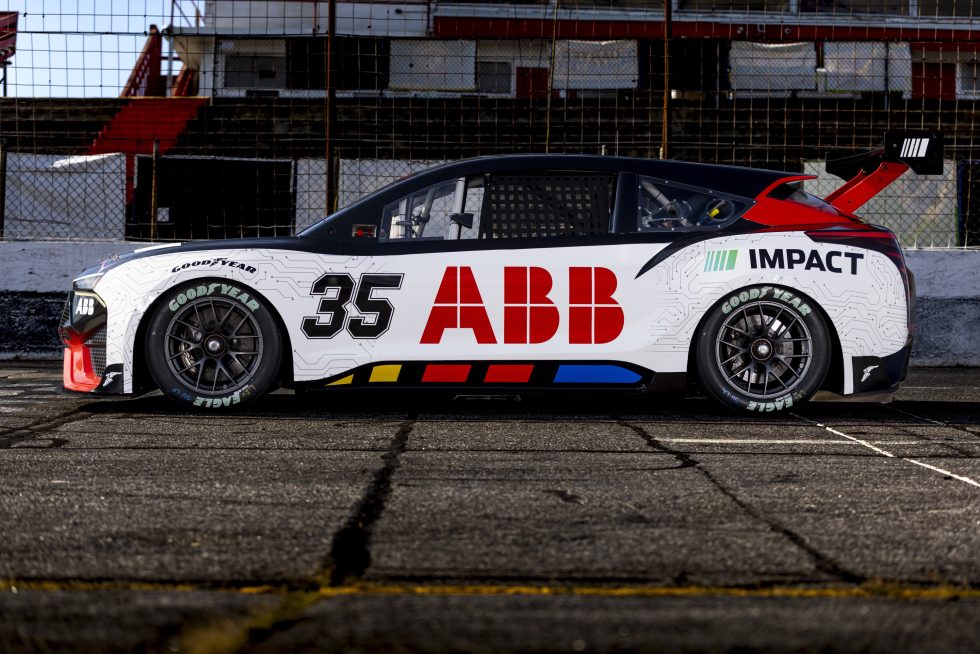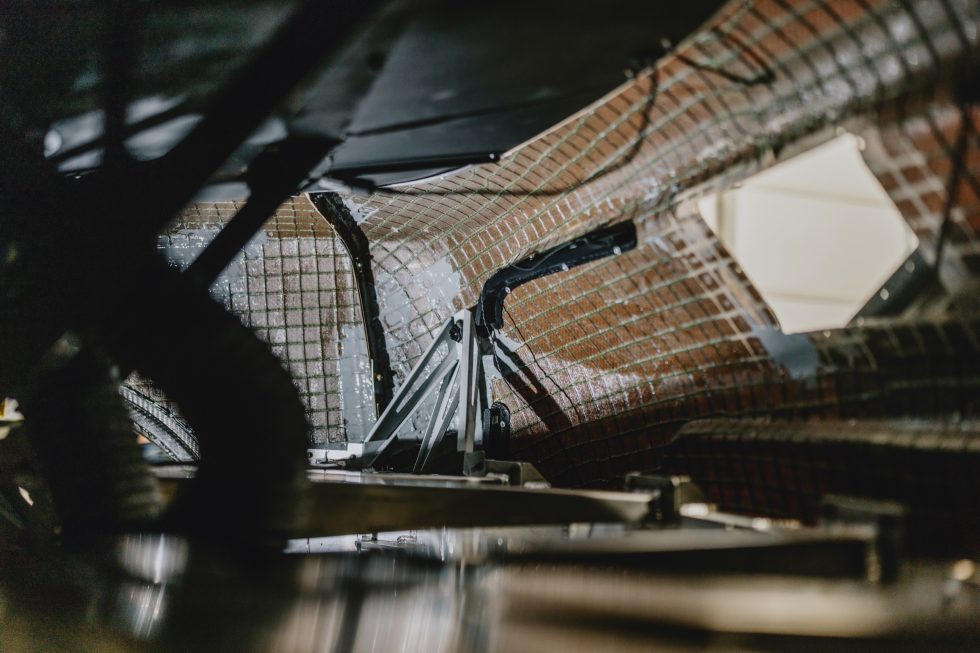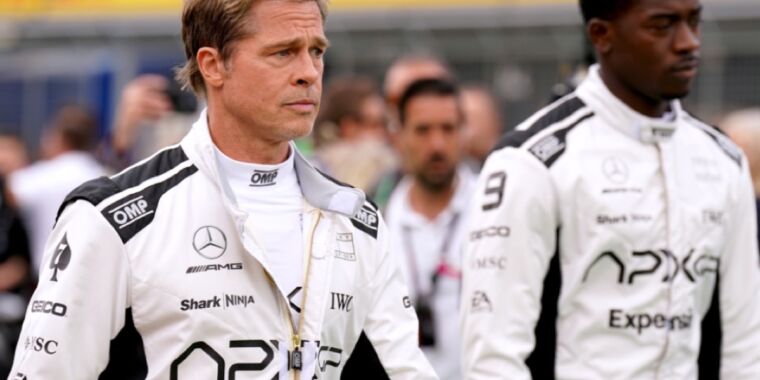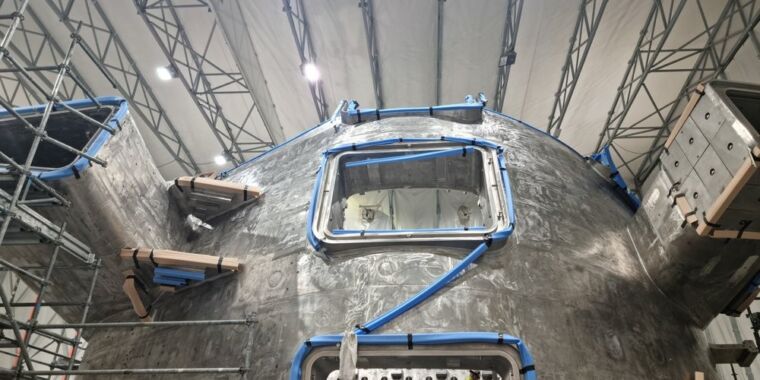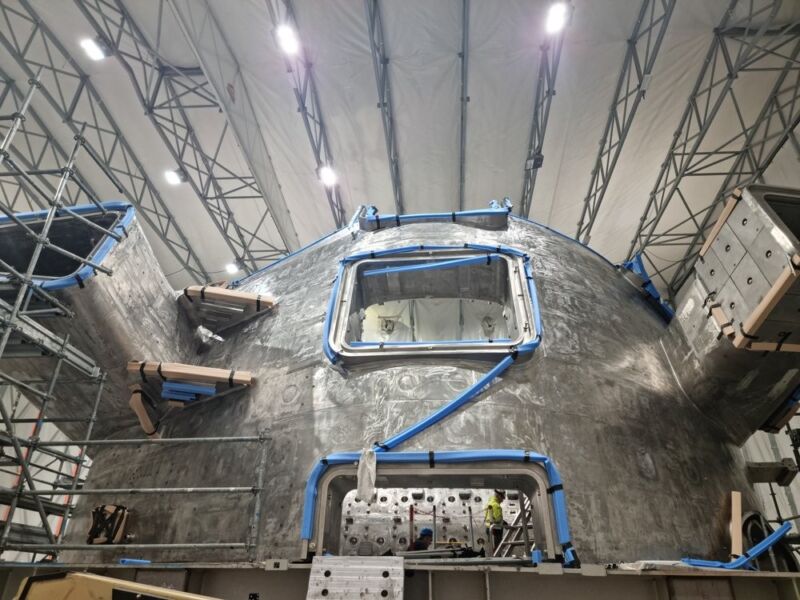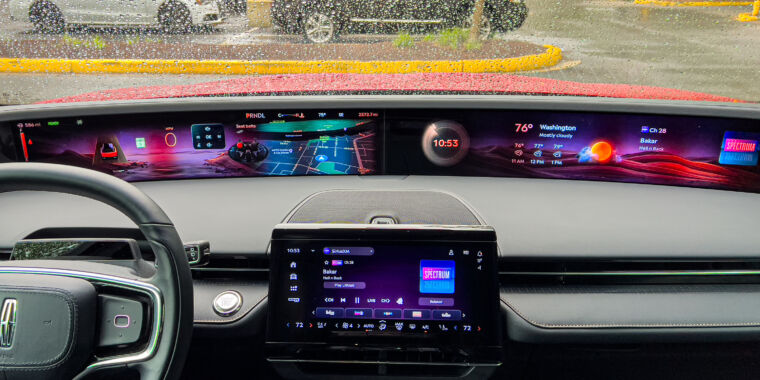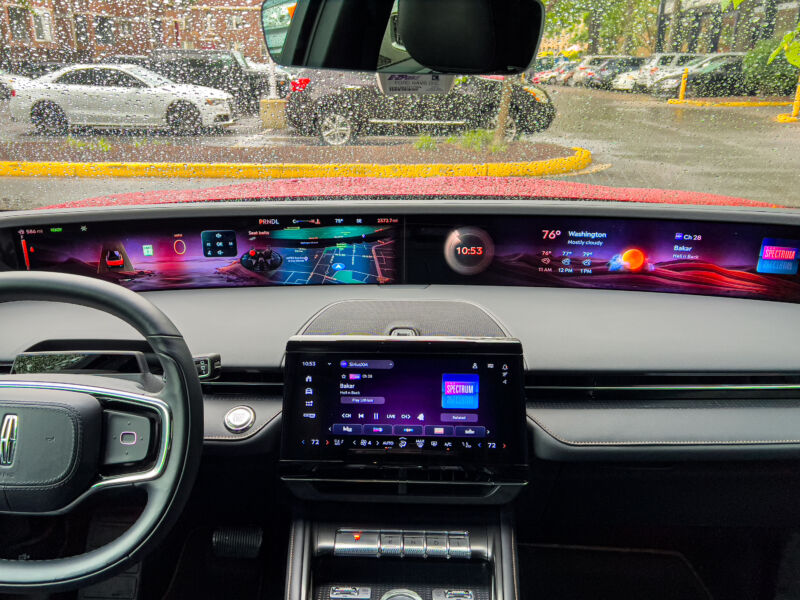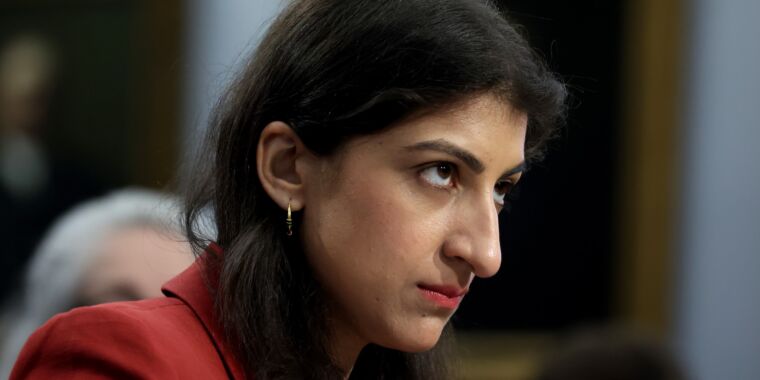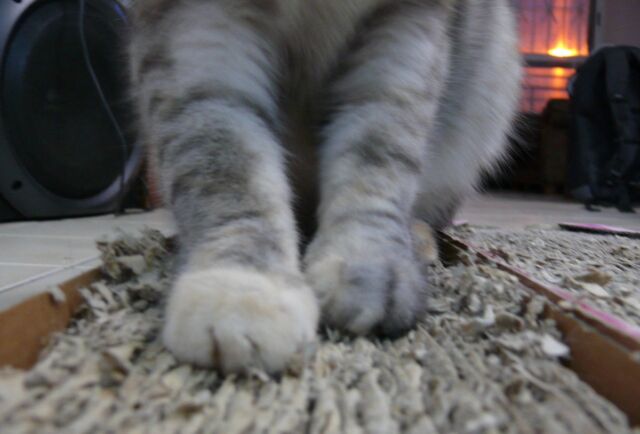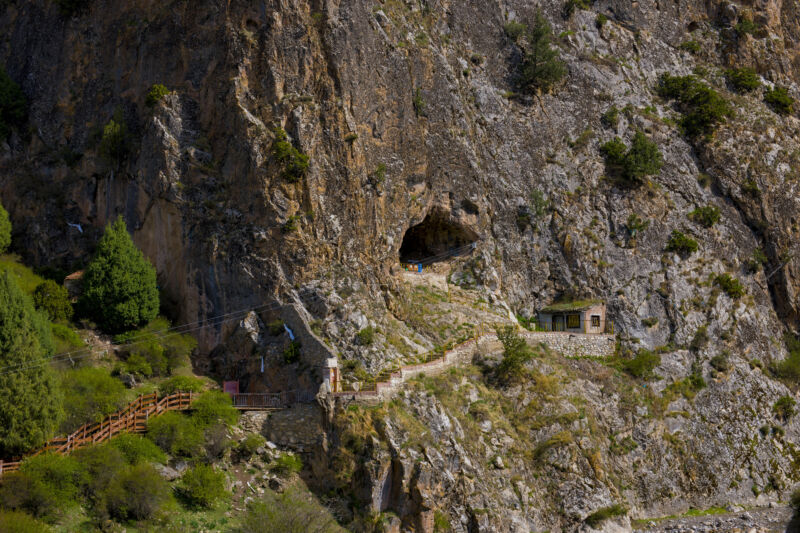Notepad’s spellcheck and autocorrect are rolling out to everybody after 41 years
notrpad spelchexk —
It’s still bare-bones by most standards, but Notepad has evolved a lot recently.
-
Testing spellcheck in the latest version of Windows Notepad.
-
Right-clicking and expanding the Spelling menu also presents more options.
Andrew Cunningham
-
Like other recent Notepad additions, spellcheck and autocorrect can be tweaked or disabled entirely in the settings.
Andrew Cunningham
In March, Microsoft started testing an update to the venerable Notepad app that added spellcheck and autocorrect to the app’s limited but slowly growing set of capabilities. The update that adds these features to Notepad is now rolling out to all Windows 11 users via the Microsoft Store, as reported by The Verge.
The spellcheck feature underlines words in red when they’re misspelled, and users can either left-click the words to see a list of suggestions or right-click words and see suggestions under a separate “spelling” menu item. Autocorrect works automatically to fix minor and obvious misspellings (typing “misspellign” instead of “misspelling,” for example), and changes can be reverted manually or by using the Undo command.
Either feature can be disabled from within Notepad’s settings. The spellchecker can also be switched on and off for a few different individual file extensions in case you want to see spelling suggestions for .txt files but not for .md or .lic files. The Verge also reports that spellchecking is turned off by default for log files or “other file types associated with coding.” Neither feature worked when I opened a batch file in Notepad to edit it, for example.
Microsoft often rolls out new app updates gradually, so you may or may not be seeing the new features yet. I can currently see the spellcheck and autocorrect features in Notepad version 11.2405.13.0 running on a fully updated Windows 11 23H2 PC, but your mileage may vary.
Notepad has received several updates over the course of the Windows 11 era, starting with dark mode support and other theme options. Eventually, it also added a tabbed interface that supported automatically reopening files when relaunching the app. These kinds of additions count as “major” for Notepad, which for years had only received relatively minor under-the-hood updates (when it was being updated at all).
The Notepad improvements come as Microsoft prepares to stop shipping WordPad with Windows 11. WordPad was previously Windows’ preinstalled basic word processor, but it has seen few (if any) significant updates since Windows 7 was released in 2009. WordPad is still available in Windows 11 22H2 and 23H2, but is no longer included in current versions of the upcoming Windows 11 24H2 update. After WordPad is gone, users looking for basic word processing will need to look to the more-capable Notepad, the free-to-use online version of Microsoft Word, or a free alternative like LibreOffice.
Notepad’s spellcheck and autocorrect are rolling out to everybody after 41 years Read More »



